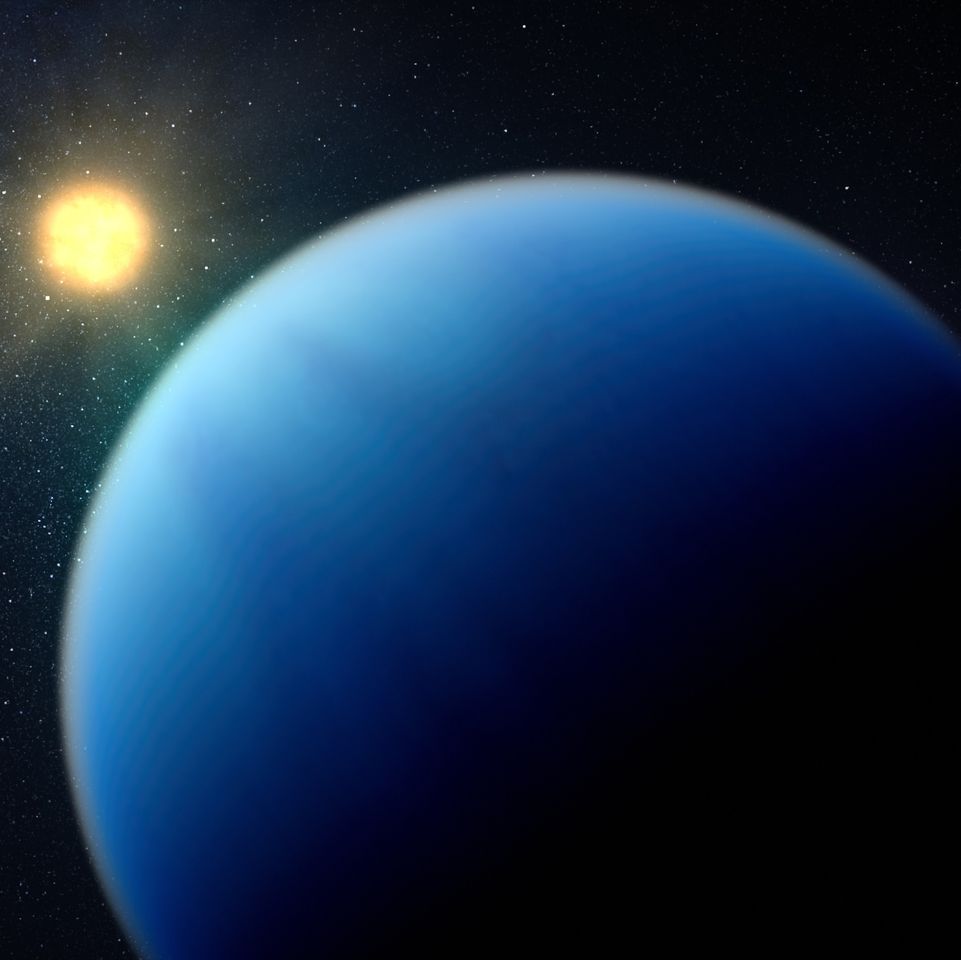The new Webb telescope is about to explore the mysteries of the universe. Where will Webb look first? One such target is the sub-Neptune-sized exoplanets.
Exoplanets are planets that orbit stars other than our Sun. Among them, sub-Neptune-sized exoplanets are planets with size in between the Earth and Neptune. They are one of the most common types of planets in the Milky Way with some orbiting closer to their stars than Mercury orbits the Sun.
Although researchers have obtained basic properties of hundreds of these planets, including size, mass and orbit, yet their compositions remain unknown. They could be dense, Earth-like balls of rock with iron-core, covered by a layer of gaseous hydrogen and helium, or a mixture of rock and ice surrounded by a water-rich atmosphere. Since current telescopes cannot obtain such data and there aren't exact analogs in our Solar System, it's hard to draw conclusions.
The Webb Telescope will use its Near-InfraRed Imager and Slitless Spectrograph to observe at least two sub-Neptune-sized exoplanets: GJ 1214 b and TOI-421 b.
GJ 1214 b: a warm sub-Neptune-sized exoplanet shrouded in clouds or fog by estimation. Its parent star is about 48 light years from Earth.
TOI-421 b: a hot sub-Neptune-sized exoplanet orbiting a Sun-like star about 244 light years from Earth. TOI-421 b is thought to have a clear atmosphere.
Astronomers study the atmospheric compositions of sub-Neptune to understand the characteristics of sub-Neptunes and try to explain the lack of such planets in our Solar System to shed light on evolution of planetary systems.






